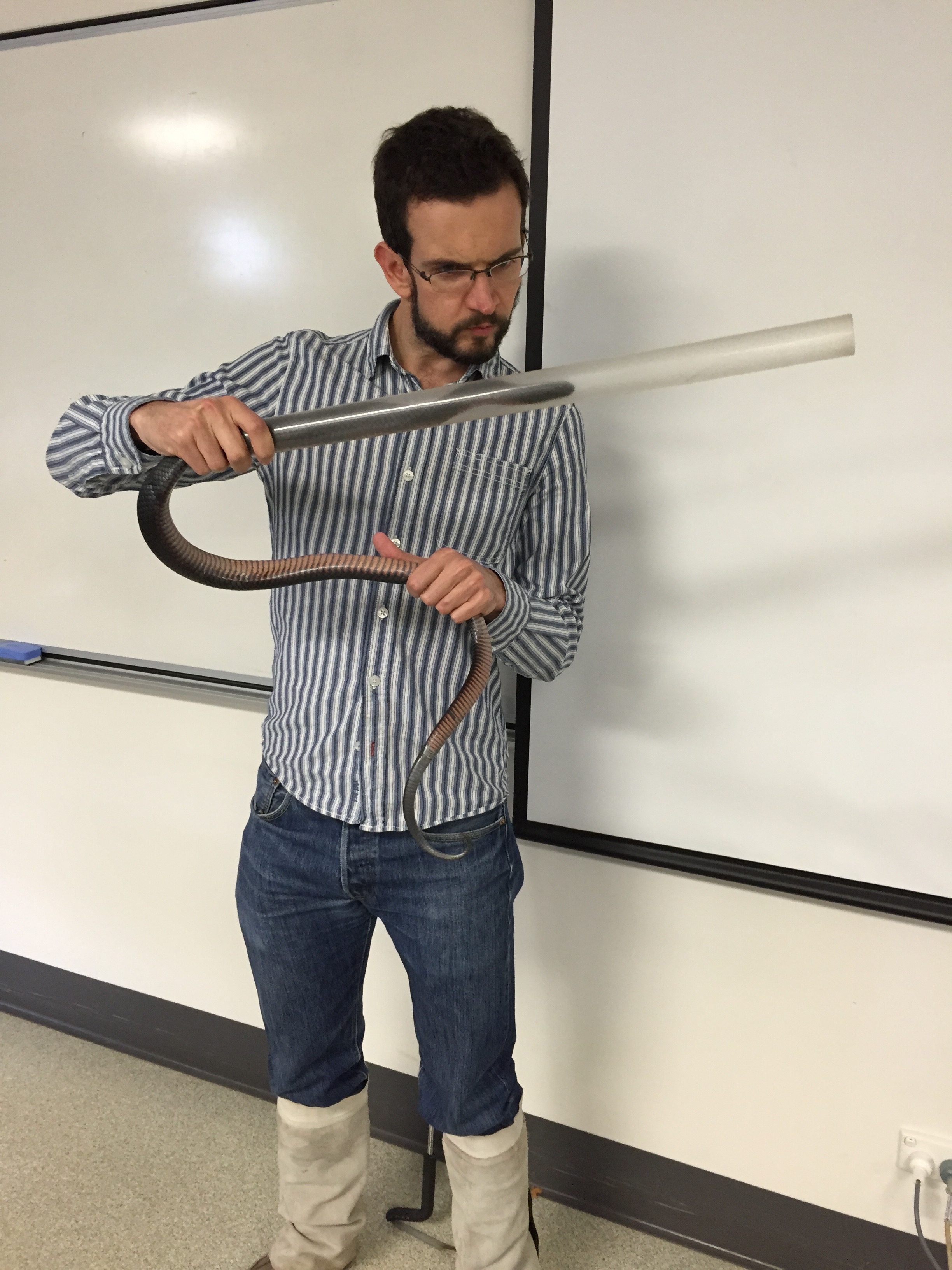Methods
Summary
1st, fieldwork on Carnac Island to capture the tiger snakes and bring them back to the lab.
2nd, milk the tiger snake's venom so we can look at the enzymatic proteins expressed in the venom (termed the 'proteome' of the venom).
3rd, euthanise and dissect out the tiger snake's venom gland so we can look at the transcribed genes (termed the 'transcriptome' of the venom gland). We expect that rarer enzymes will be detectable via the venom gland but not in the venom itself.
4th, analyse the differential expression of the Carnac Island tiger snake venom gland components compared to tiger snakes on the mainland
Challenges
One risk factor in the fieldwork will be snake bites! We can do our best to mitigate that by having only experienced snake handlers catching the tiger snakes, and by having a well stocked first aid kit and a satellite phone for emergency rescue.

There is always the risk that we won't be able to find any tiger snakes on Carnac Island. However, given that our collaborators visit the island relatively regularly and they report always seeing some tiger snakes, this shouldn't be a problem especially in late October/early November.
In the lab we still have to be careful with the venom, as it is highly toxic even in a freeze-dried state. There are protocols in place for dealing with the venom, such as wearing a particulate respirator mask and latex disposable gloves.
Pre Analysis Plan
The venom gland transcriptome data will be analysed with the published 'Trinity' pipeline.
The venom proteome data will be analysed by comparing the proteins against publicly available databases, such as the Uniprot animal toxin database.
Protocols
This project has not yet shared any protocols.